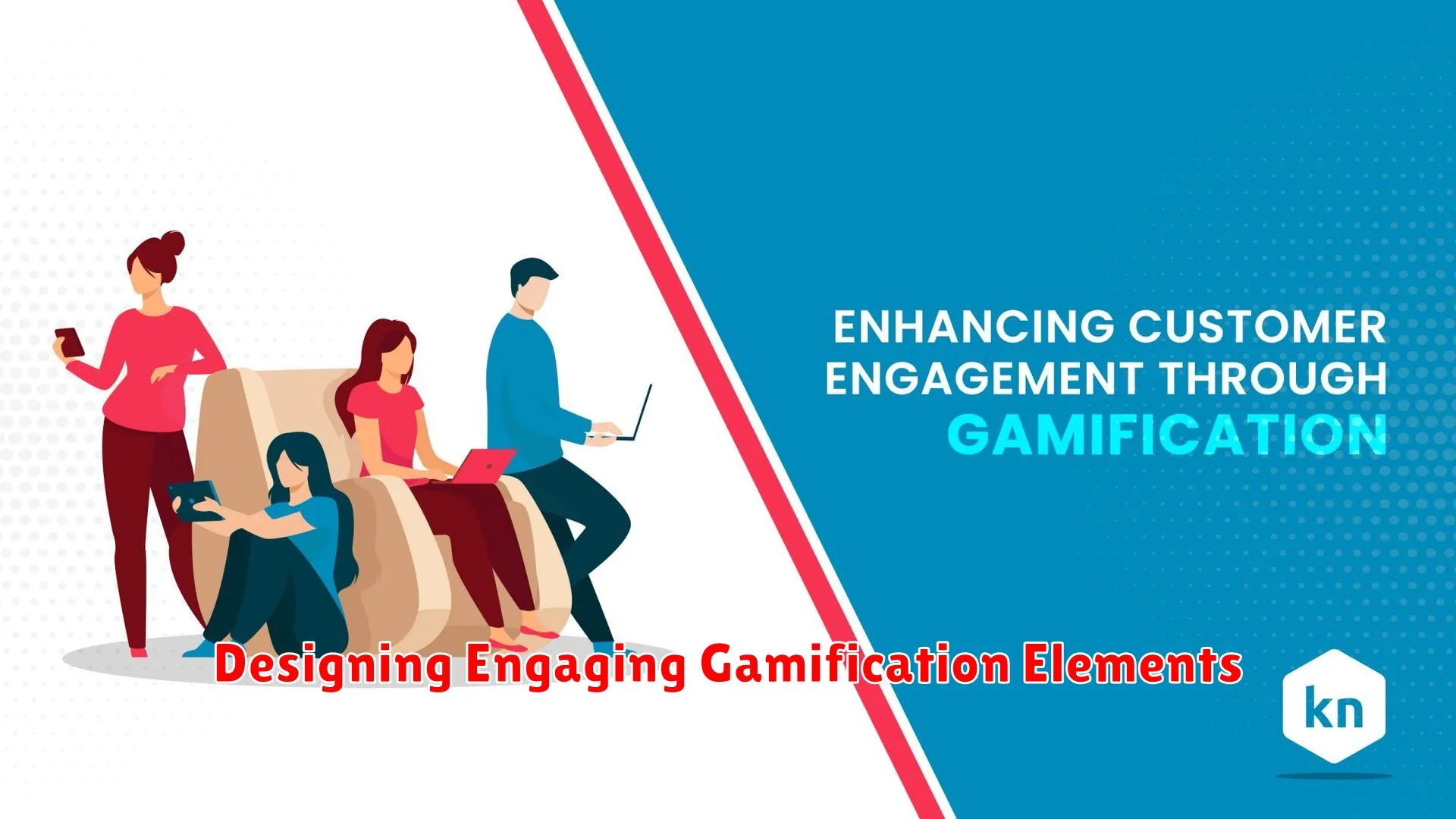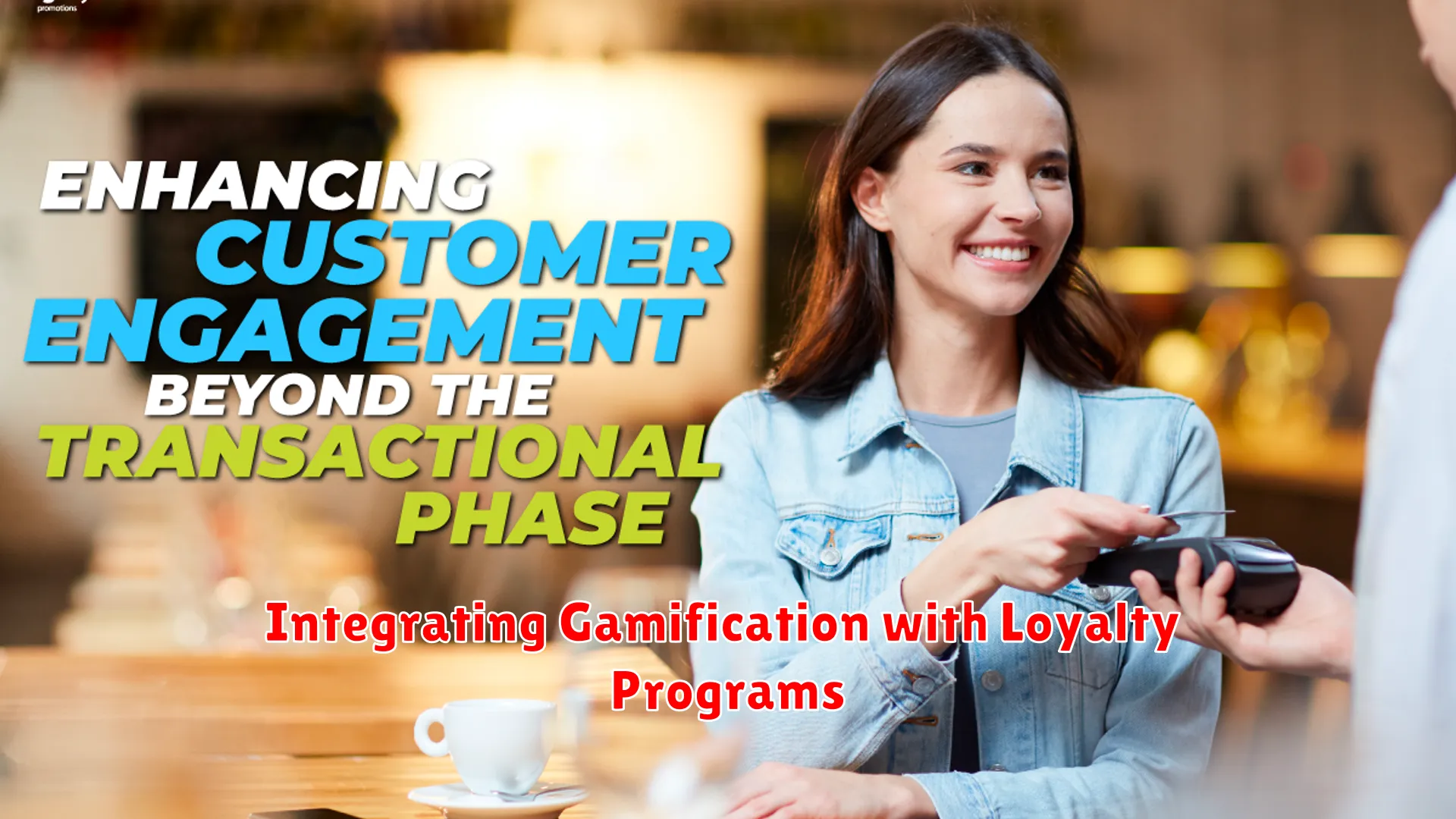Explore how incorporating gamification elements in e-commerce platforms can elevate customer engagement levels and drive conversion rates in unprecedented ways. Discover the innovative strategies and tactics to leverage this powerful tool for enhancing your online business success.
The Concept of Gamification in E-commerce

In the digital age, e-commerce businesses are constantly seeking innovative ways to enhance customer engagement and drive sales. One effective strategy that has gained popularity is the concept of gamification. Gamification involves incorporating game-like elements into non-gaming environments to encourage user participation and interaction.
When applied to e-commerce platforms, gamification can significantly improve the overall shopping experience for customers. By integrating elements such as points, badges, levels, challenges, and rewards, businesses can create a more engaging and interactive online shopping environment.
Points and rewards systems are commonly used in e-commerce gamification to incentivize customers to engage with the platform. Customers can earn points for various actions such as making purchases, leaving reviews, or participating in online activities. These points can then be redeemed for discounts, freebies, or exclusive offers, motivating customers to continue interacting with the brand.
Badges and levels are another aspect of gamification that can drive customer engagement. By awarding badges for completing certain tasks or reaching specific milestones, businesses can tap into customers’ desire for recognition and achievement. Advancing through different levels can provide customers with a sense of progression and accomplishment, keeping them invested in the platform.
Designing Engaging Gamification Elements

In the realm of e-commerce, gamification has emerged as a powerful tool to enhance customer engagement. To effectively implement gamification elements, it is essential to focus on designing engaging experiences that capture the interest and interaction of customers.
1. Clear Objectives: When designing gamification elements for e-commerce platforms, it is crucial to establish clear objectives. Determine what specific actions or behaviors you want to incentivize and encourage among your customers.
2. Interactive Challenges: Introduce interactive challenges that are relevant to your products or services. These challenges should be designed to be both entertaining and educational, providing value to customers while keeping them engaged.
3. Personalization: Tailor gamification elements to individual customers based on their preferences, behavior, and purchase history. Personalization enhances the overall customer experience and increases the effectiveness of gamified features.
4. Rewards System: Implement a rewards system that offers tangible benefits to customers who actively participate in gamified activities. Rewards can range from discounts, exclusive offers, or special perks, providing motivation for continued engagement.
5. Feedback Mechanisms: Incorporate feedback mechanisms to gather insights from customers on their experiences with gamified elements. Use this feedback to refine and improve the design of gamification features for optimal engagement.
By focusing on designing engaging gamification elements that align with the goals of enhancing customer engagement, e-commerce businesses can create immersive experiences that resonate with their audience and drive long-term loyalty.
Integrating Gamification with Loyalty Programs

Integrating gamification elements into loyalty programs is a powerful strategy for enhancing customer engagement in the realm of e-commerce. By combining the fun and interactive aspects of gamification with the incentives of loyalty programs, businesses can create a compelling experience that keeps customers coming back for more.
Gamification involves incorporating game-like elements such as points, badges, leaderboards, and challenges into non-game contexts to drive user engagement. When applied to loyalty programs, gamification can motivate customers to participate more actively and consistently.
One effective way to integrate gamification with loyalty programs is through the use of point systems. Customers can earn points not only through purchases but also by completing specific actions like sharing products on social media, writing reviews, or participating in challenges. These points can then be redeemed for rewards, discounts, or exclusive benefits.
Moreover, incorporating progress tracking features in loyalty programs can add a sense of achievement and advancement for customers. By visualizing their progress toward certain goals or levels, customers are more likely to stay engaged and strive to reach the next milestone.
Another aspect that can enhance customer engagement is the element of competition. By implementing leaderboards or challenges within the loyalty program, businesses can tap into customers’ competitive spirit and drive them to interact more with the program to earn rewards and climb the ranks.
In conclusion, the fusion of gamification elements with loyalty programs offers a dynamic and engaging way to boost customer engagement in e-commerce. By leveraging the psychological principles of fun, rewards, and competition, businesses can create a loyalty program that not only retains customers but also turns them into enthusiastic brand advocates.
Measuring the Impact of Gamification on Engagement

When it comes to enhancing customer engagement in the realm of e-commerce, the utilization of gamification has undeniably become a popular strategy for many businesses. Gamification involves integrating game-like elements such as challenges, rewards, and competitions into non-game contexts, and it has proven to be an effective tool for boosting user participation and interaction on online platforms.
However, to truly assess the success of implementing gamification in e-commerce, it is crucial to measure its impact on engagement. There are several key metrics that can be utilized to evaluate the effectiveness of gamification strategies in driving customer engagement.
One common measure is user participation, which involves tracking the number of customers who actively engage with the gamified elements on the e-commerce platform. The level of customer interaction, such as completing challenges, earning rewards, and participating in competitions, can provide valuable insights into the effectiveness of the gamification techniques implemented.
Another important metric is user retention, which focuses on the ability of gamification to keep customers coming back to the platform. By analyzing customer retention rates and the frequency of return visits, businesses can gauge whether gamification initiatives are successful in creating long-term engagement and loyalty.
Moreover, tracking conversion rates and sales data can also help in measuring the impact of gamification on driving customer actions and purchases. By monitoring the correlation between gamified activities and actual transactions, businesses can assess the direct influence of gamification on boosting sales and revenue.
Overall, measuring the impact of gamification on engagement is essential for businesses looking to enhance customer interaction and loyalty in the competitive e-commerce landscape. By analyzing metrics such as user participation, retention rates, and conversion data, businesses can gain valuable insights into the effectiveness of their gamification strategies and make informed decisions to optimize customer engagement.
Best Practices for E-commerce Gamification

When it comes to enhancing customer engagement through e-commerce gamification, there are several best practices that businesses can implement to make their online shopping experience more interactive and enjoyable for their customers.
1. Personalized Gamified Experience
Personalization is key in e-commerce gamification. Tailoring the experience based on the customer’s preferences, purchase history, and behavior can significantly increase engagement. Use gamified features that are relevant to each individual to create a more immersive shopping journey.
2. Clear Rewards System
Implement a clear rewards system that motivates customers to participate in the gamified activities. Offer incentives such as discounts, freebies, or exclusive access to products in exchange for their engagement. Make the rewards enticing to encourage continued participation.
3. Seamless Integration
Integrate gamification elements seamlessly into the e-commerce platform. Avoid creating disruptions in the shopping process and ensure that the gamified features enhance the overall user experience rather than detract from it. Make navigation intuitive and user-friendly.
4. Social Sharing and Competitions
Encourage social sharing and friendly competitions among customers through gamification. Enable features that allow users to compete, earn badges, share achievements on social media platforms, and engage with their peers. This not only boosts engagement but also expands the reach of your brand.
5. Regular Updates and Feedback
Continuously update the gamified elements based on customer feedback and performance data. Monitor how customers interact with the gamification features and make improvements accordingly. Solicit feedback to understand what resonates with your audience and what can be enhanced.
Conclusion
In conclusion, incorporating gamification into e-commerce platforms is an effective strategy to enhance customer engagement, loyalty, and satisfaction.

